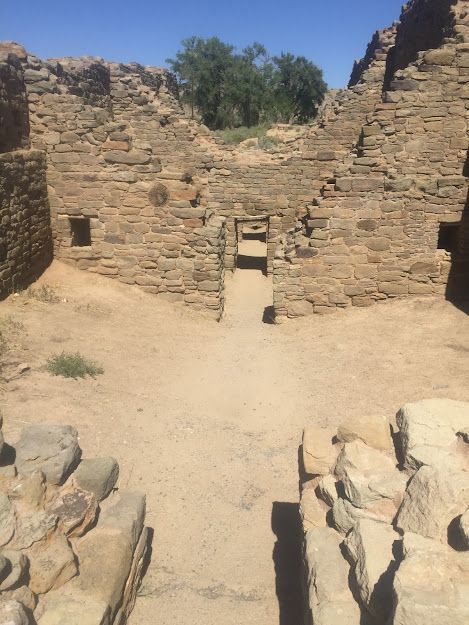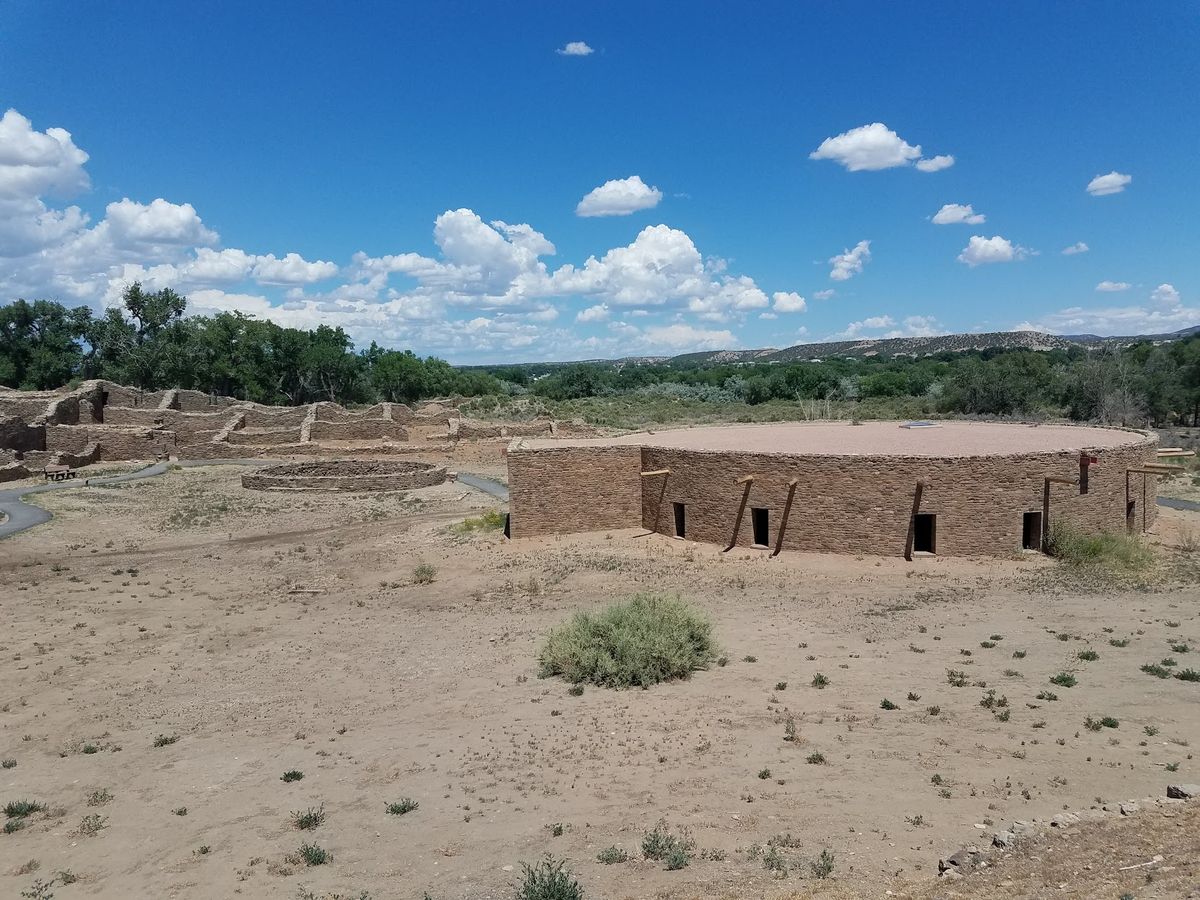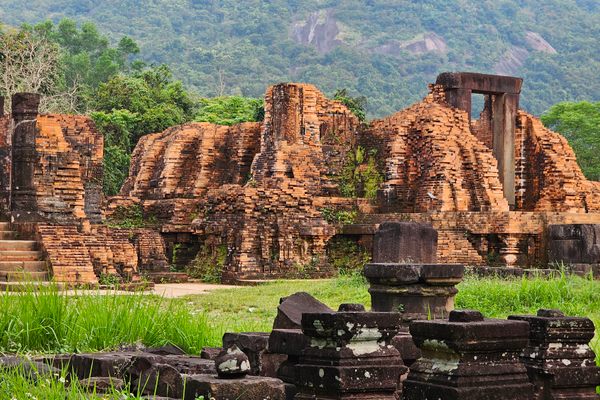About
Within the city of Aztec, New Mexico, the remains of a great culture are preserved for visitors to enjoy. The town was named after these ruins, which in turn were named by 19th-century settlers who mistook them for Aztec in origin. In truth, the Aztec Empire never reached anywhere near here. These ruins come from the Ancestral Puebloans, whose great works of Pre-Columbian architecture are well known throughout the Southwest, and whose descendants still populate the region to the present day.
The site known today as Aztec Ruins was built as a public ceremonial, economic, and political center around 1100. It remained occupied by the ancestral Pueblo people until around 1300, when its inhabitants departed for unknown reasons. In 1987, Aztec Ruins and those of nearby Chaco Canyon were both designated as part of the new Chaco Culture World Heritage Site.
The most iconic feature of the park is the Great House. It has over 400 rooms and 30 kivas. The purpose of grand structures like these is uncertain, but may have served to house hundreds of people, or perhaps served political or religious activities. The Great House does include archaeoastronomical elements in its architecture—the north wall aligns with the sun’s position as it touches the horizon on the summer and winter solstices. This Great House is rivaled in size only by those found in Chaco Canyon. The Great Kiva, also located in the park, may also hold some astronomical significance, its windows often being illuminated during solar and lunar alignments.
The site is incredibly well-preserved. Beneath the ancient stone and mortar, the original wooden roof of the great house is still intact. A poignant touch is the presence of an original yucca mat in one of the doorways, a tangible link to the daily lives of the people who lived there. Keep in mind that this site is held sacred by the Pueblo people, and one must show respect in visiting this site, especially within the Great Kiva itself. Additionally, the walls are very old and fragile. It is a rare treat to be able to actually go inside ruins like these. Refrain from touching and damaging the structure itself, so future visitors will get to experience the same privilege as you.
Related Tags
Know Before You Go
As part of the National Parks system, there is usually an entrance fee, which is waived if you have purchased the annual parks pass. During the summer months, there are ranger-led talks and tours of the ruins and cultural demonstrations, including a heritage farm that grows native crops. The park is usually open from 9 a.m. to 5 p.m., except on Thanksgiving, Christmas, and New Year's Day.
Community Contributors
Added By
Published
March 28, 2022
Updated
January 19, 2024











































